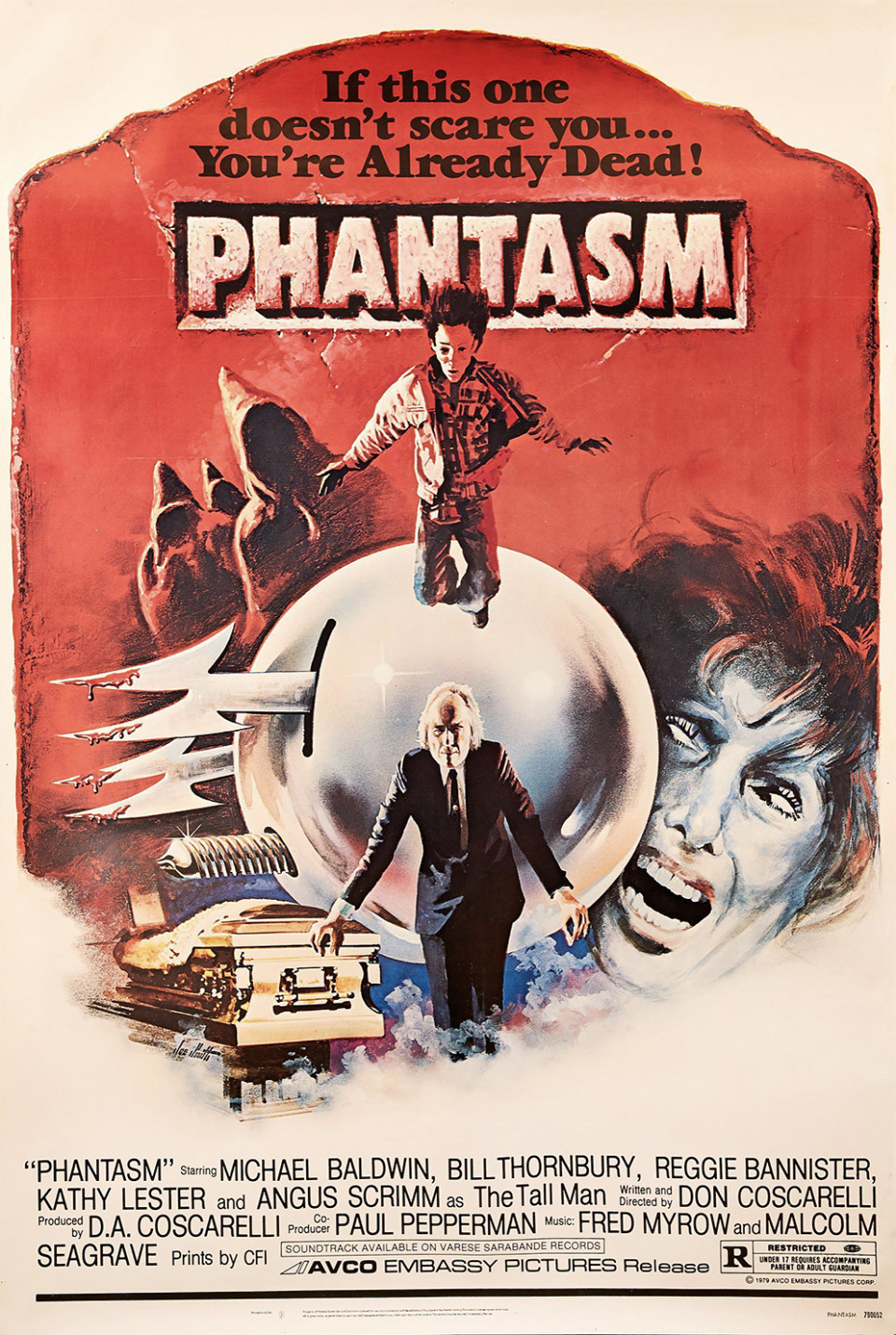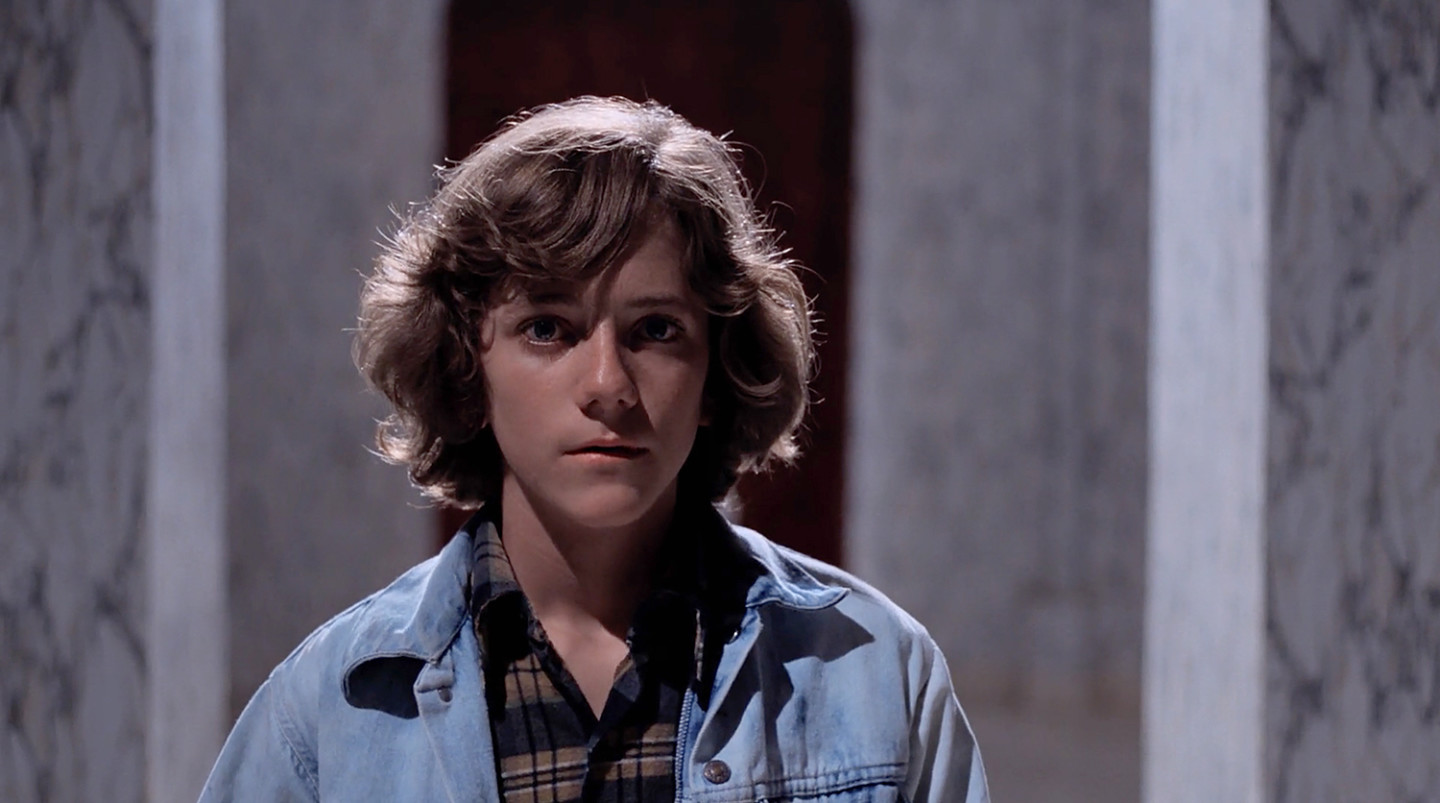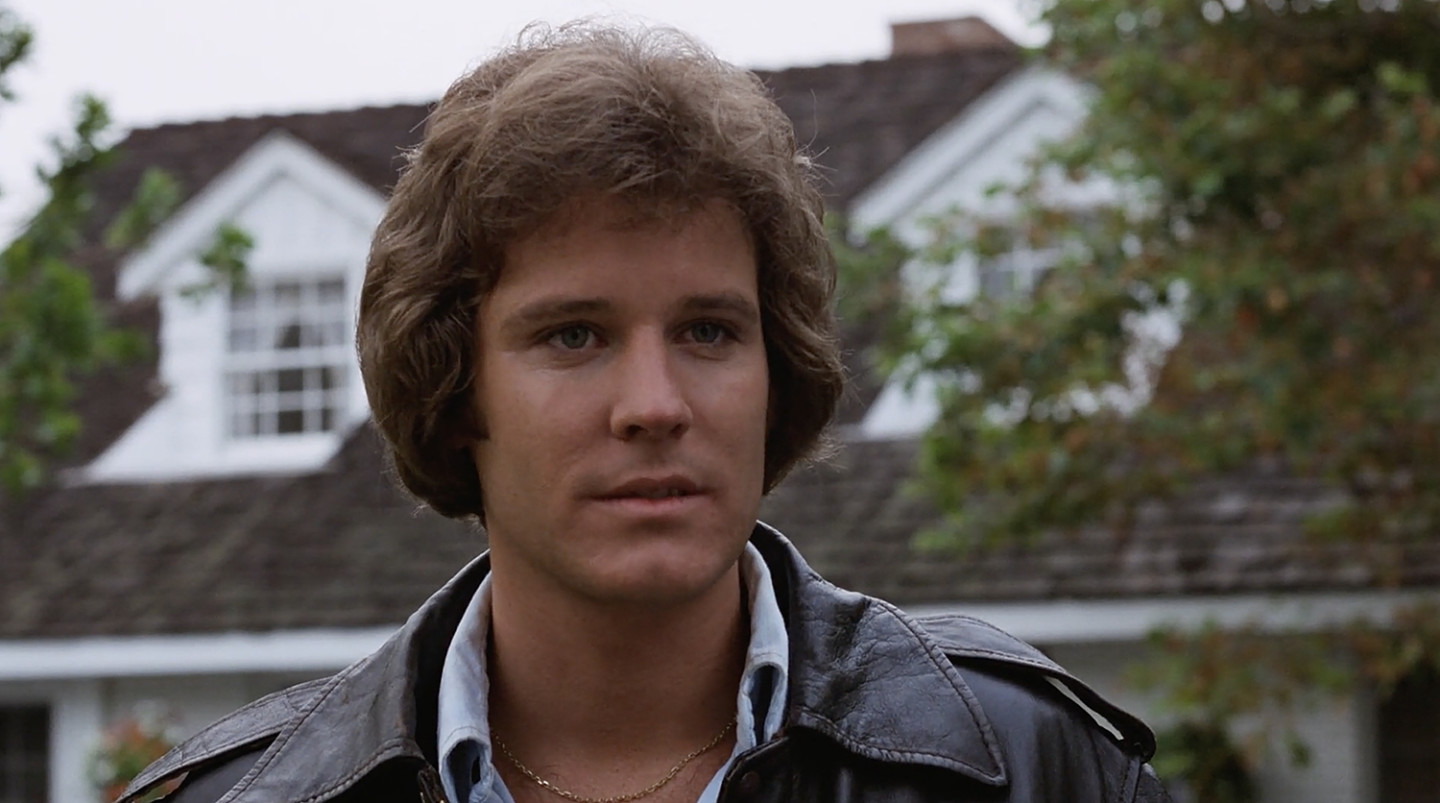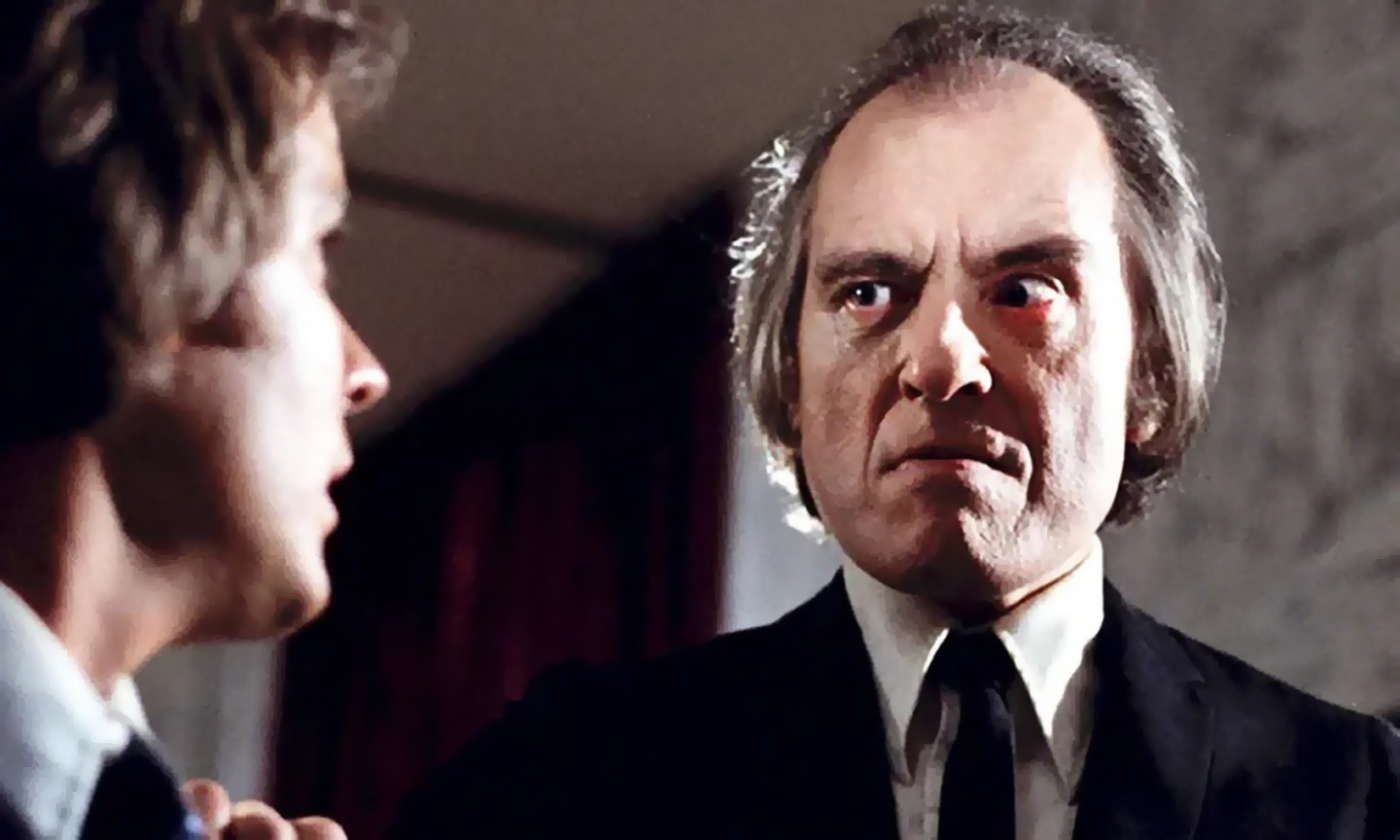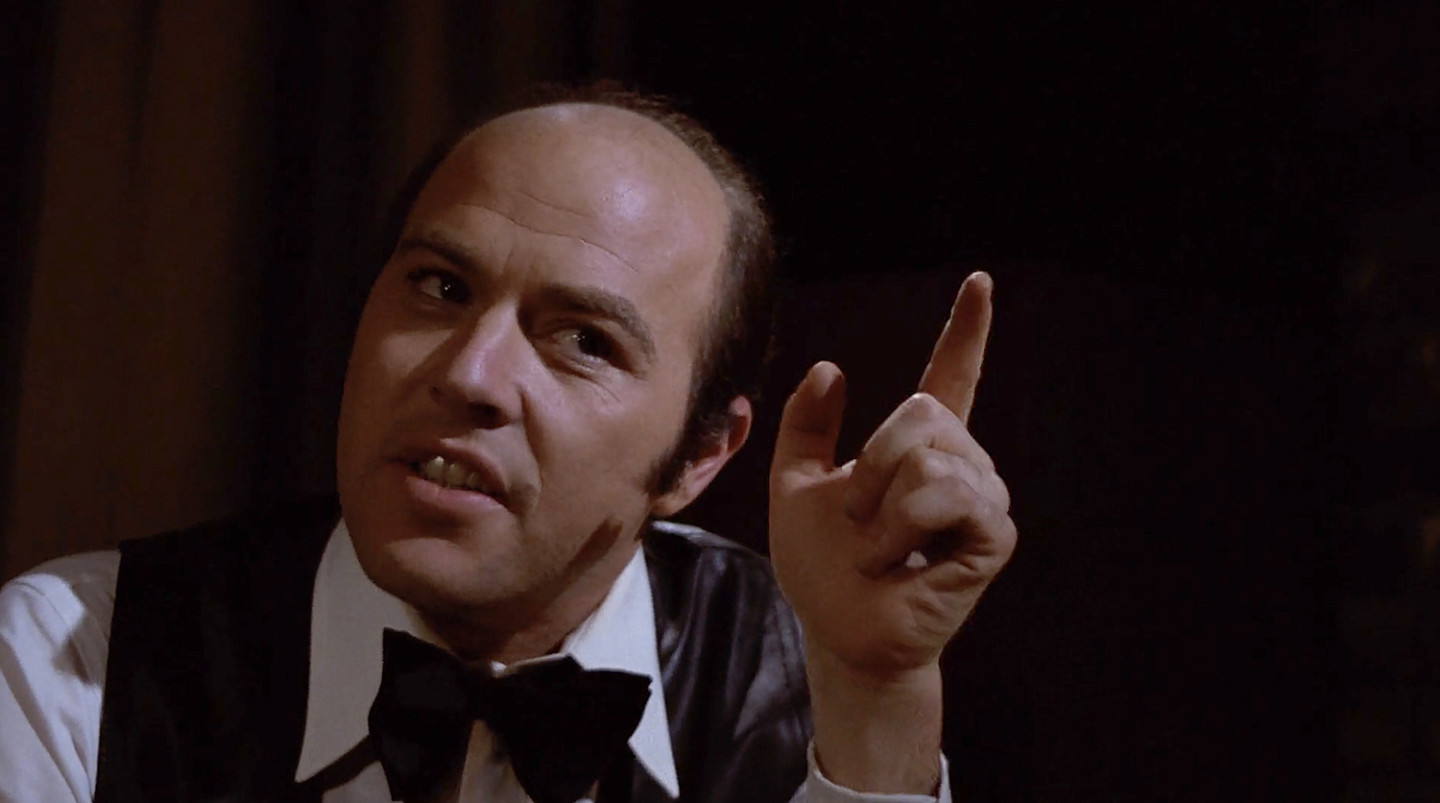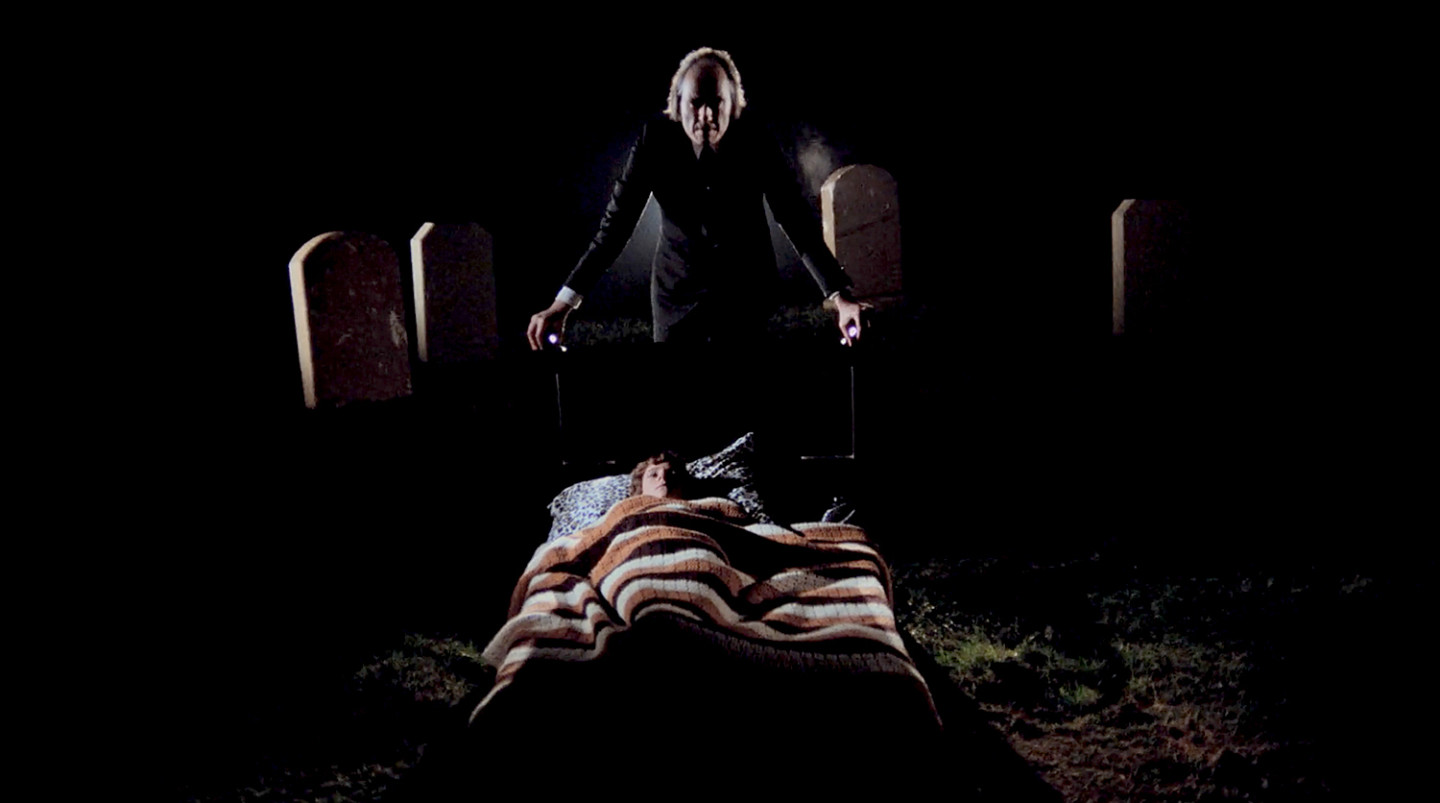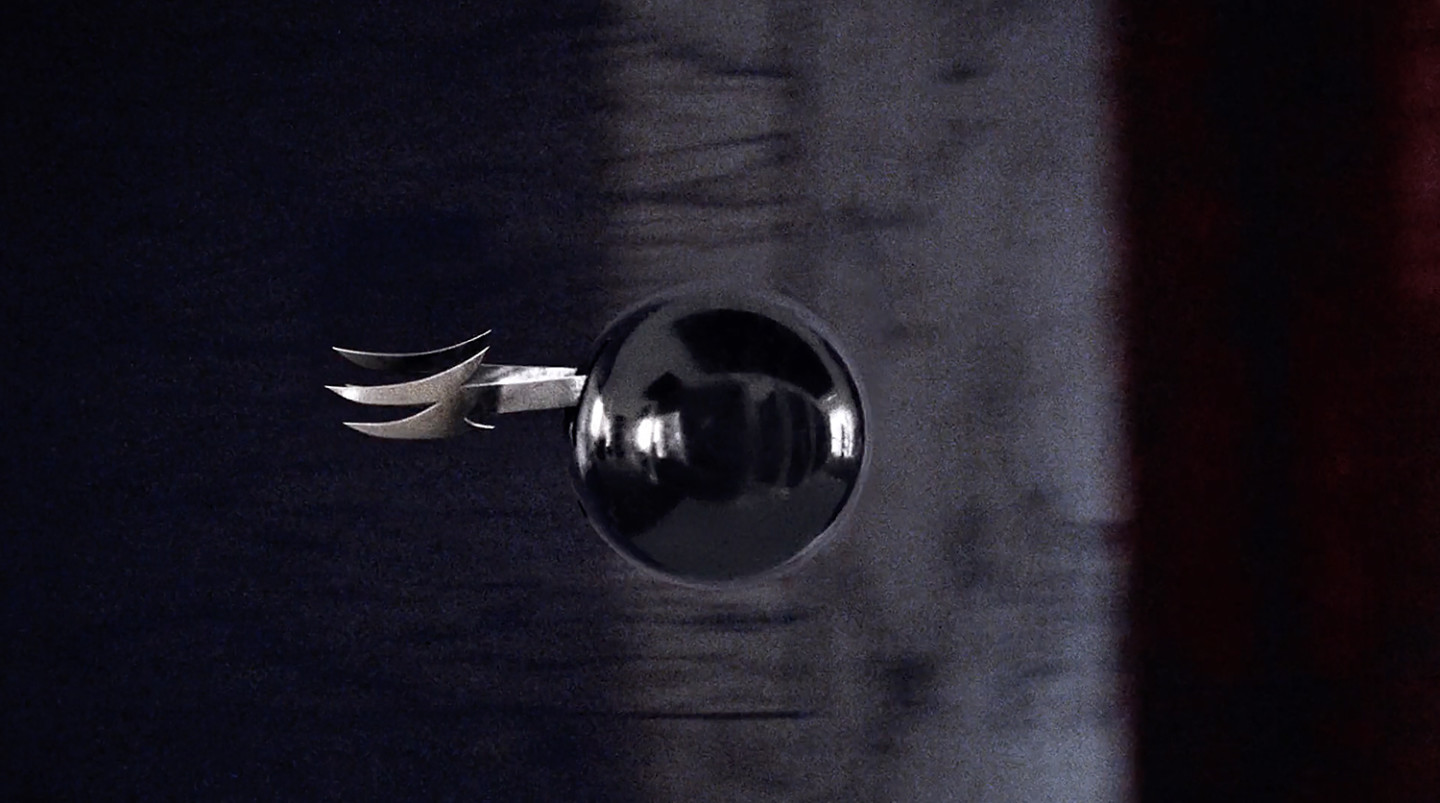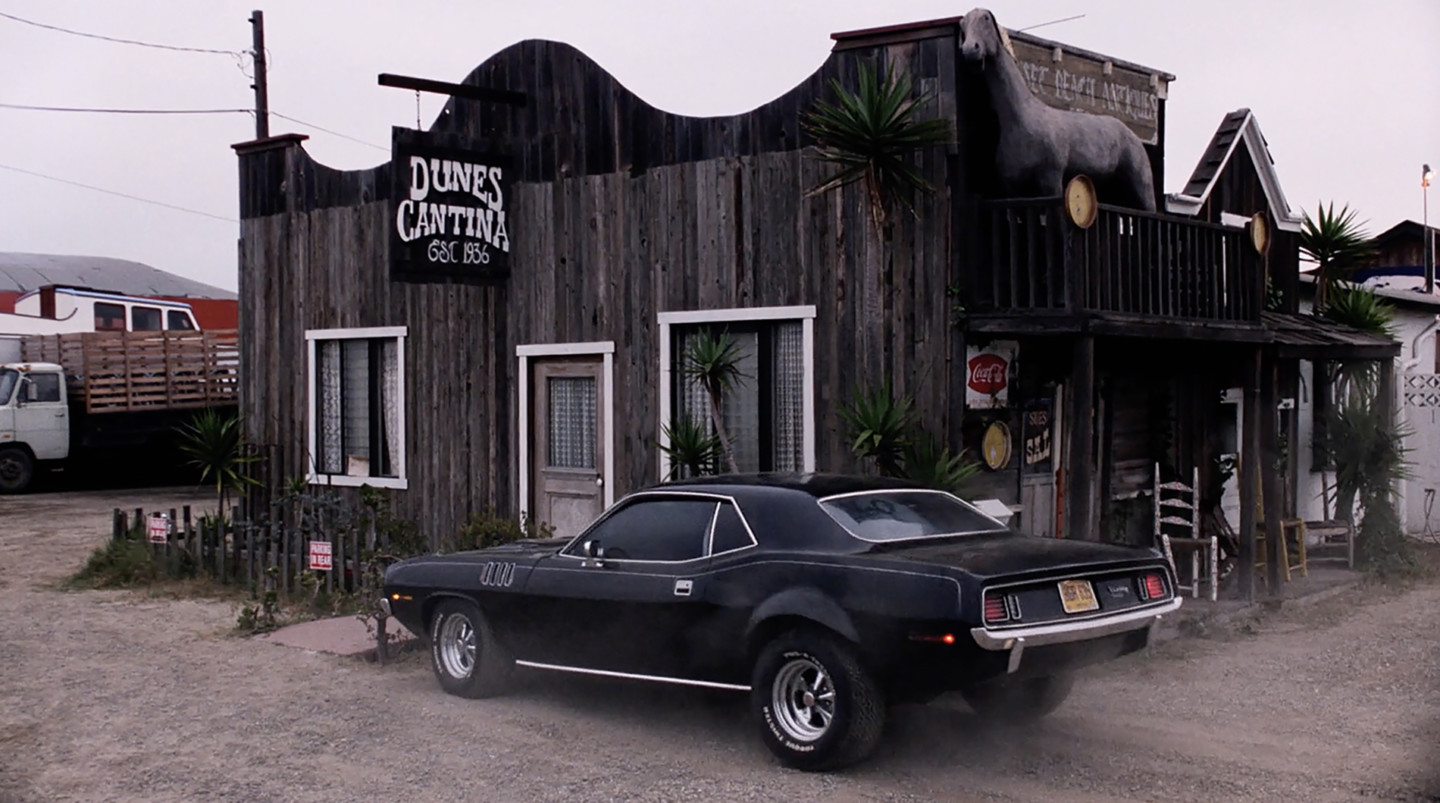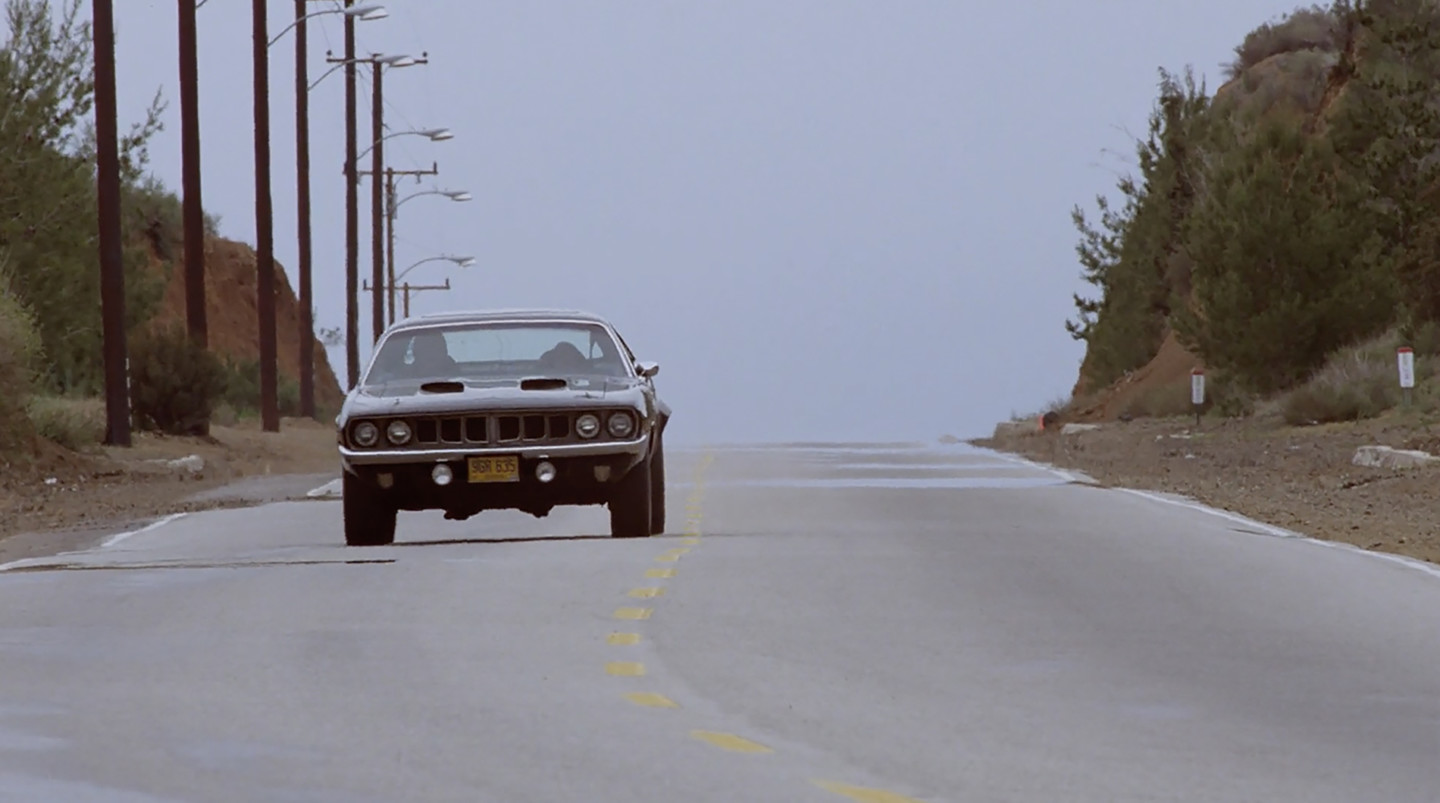As a little boy in the mid- to late-1970s, I was fan of three things above all others: New York Yankees baseball, cars, and horror movies.
Although my parents were fairly liberal in their approach to what I could watch, aware of the fact that I was an unusually curious and precocious kid, there were definitely limits, and many of the movies I pined for them to take me to simply didn’t come to pass. As such, I missed out on seeing The Omen, The Exorcist, and Halloween as first-run films on the big screen.
The one time they acquiesced to significant nagging on my part to see a movie was when they took me to a showing of Alien at the Lowes 86th Street theater in Manhattan. It did not go well, and ultimately resulted in me being forced to leave with them after the creature burst through Kane’s chest in the first act. Big bummer.
After that experience, my parents got tough, and another horror film released just a week later was deemed verboten. It wasn’t until a few years later, when they purchased our first VHS deck, that I was finally able to see it. As I recall, it was one of the first videotapes that I ever rented, and upon watching it, I realized that it actually combined two of my three favorite interests, in that it was both a horror film AND a car movie.
That film was 1979’s Phantasm, and as a personal favorite of mine, I’ve held back for years to cover it in the pages of this column. Well, that ends now. So, join me as we have a look at this classic of low-budget horror and muscle car nirvana!
In true auteur fashion, Phantasm was the brainchild of writer and director Don Coscarelli, a self-taught filmmaker who also served as the film’s cinematographer and editor.
After having been the youngest person to have ever directed a movie for a major Hollywood studio at age 19, (Jim, the World’s Greatest), Coscarelli next wrote and directed Kenny & Company.
Neither film did well at the box office, so in the course of figuring out what he wanted to do next, Coscarelli decided that he should focus on a genre that he was passionate about. Like yours truly, Coscarelli had been an avid horror film fan since he was a child, so he settled on writing one of his own.
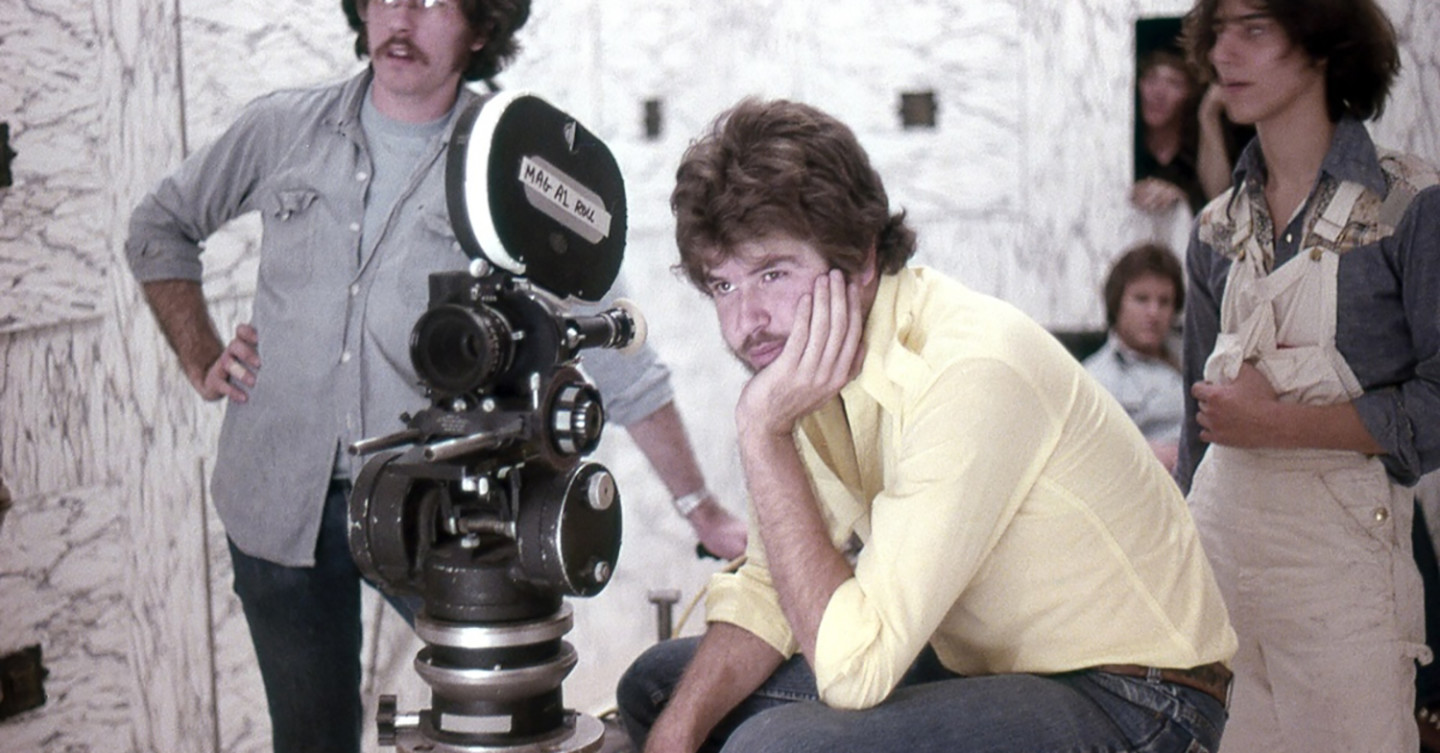
Writer, director, editor, and cinematographer Don Coscarelli, on the set of Phantasm. (Photo courtesy of Silver Sphere Corporation.)
“I had a compunction to try to do something in the horror genre and I started thinking about how our culture handles death; it’s different than in other societies,” Coscarelli said in an interview. “We have this central figure of a mortician. He dresses in dark clothing, he lurks behind doors, and they do procedures on the bodies we don’t know about. The whole embalming thing. If you ever do any research on it, is pretty freaky. It all culminates in this grand funerary service production. It’s strange stuff. It just seemed like it would be a great area in which to make a film.”
Retreating to a rented cabin in the woods, Coscarelli wove together a story that combined the funeral parlor motif with a vivid dream he had as a teenager of being pursued down unending, white corridors by a flying chrome sphere equipped with a large needle. At the end of three weeks of non-stop writing, Coscarelli left the cabin with a draft of Phantasm under his arm.
The plot of the movie revolves around a teenager, Michael (played by A. Michael Baldwin), and his older brother, Jody (Bill Thornbury). The two have been recently orphaned, and as they struggle to come to terms with having only each other to rely on, strange things begin occurring around town.
The nexus of these odd incidents seems to be the town’s mortuary, and its sinister undertaker known only as The Tall Man (Angus Scrimm). Short, hooded figures scurry around the adjoining cemetery late at night, and The Tall Man exhibits inhuman strength when he lifts an inhabited coffin by himself. Michael tries to tell Jody what he has witnessed, but his brother dismisses it as manifestations of trauma related to the death of their parents.
Events escalate when Michael breaks into the funeral home at night and is assailed by a malevolent caretaker who meets his demise when an airborne, blade-laden, chrome ball crashes into his head. When The Tall Man then attempts to abduct Michael, the mortician’s fingers are severed by a slammed door and gush yellow blood. Michael pockets one of the still animated digits and brings it home to Jody, who finally comes to believe his brother’s concerns.
Enlisting the aid of their friend Reggie (Reggie Bannister), the trio discovers that The Tall Man, an interdimensional being, is somehow bringing back the dead in the form of malevolent, dwarf minions that do his evil bidding in his home realm. When Michael, Jody, and Reggie mobilize to stop The Tall Man, their world, and the viewer’s, is turned upside down, blurring the demarcation between what is real and what is nightmare.
If you just read this plot summary and you’ve never seen Phantasm, chances are you just said to yourself, “that sounds kind of weird.” Well, it most certainly is, and was done by design. Not unlike the paintings of Salvador Dalí, Phantasm contains elements of surrealism and futurism with a large dollop of classic horror to create a sort of perplexing fever dream. Nothing is explained or makes traditional sense, and the last act of the film makes you even question if everything you’ve seen actually happened or not.
While the movie possessed a highly original premise, like all low-budget productions (rumored to be about $250,000, borrowed from Coscarelli’s father and a few family friends) its execution was plagued by some rough edges. Phantasm is littered with horribly stilted performances, rather bland lighting and camerawork, and some highly questionable wardrobe and hair styles (shame on you for your balding/long ponytail coiffure, Mr. Bannister.)
What’s more, we consistently feel like we’re in a movie, as opposed to a real milieu, since the entire film was photographed in a few select sets and repeatedly revisited locations.
While these issues are prominent, they do not wholly detract from the effectiveness of the storytelling. Phantasm, with its disturbing dream sequences, unsettling machinations, and The Tall Man’s scowling countenance, provides plenty of chills. And the flying ball? Let’s just say it has become a horror icon.
For us gearheads, Phantasm has an added bit of flair in the form of one of the premier muscle cars from the early 1970s as the hero car – a 1971 Plymouth ‘Cuda.
According to Coscarelli, he chose the E-Body for his movie because, “when I was in high school, there was a kid who was a year younger than me who somehow bought one of those cars and would drive it through the parking lot. I would stand there with my friends, and we would salivate over this car. It was a beautiful 1970 Plymouth AAR ‘Cuda in Sassy Grass Green with a white interior. It was really hot with the blacked-out fiberglass hood and Pistol-Grip shifter. He’d roar out of that parking lot. And then I was cobbling together this horror movie, and for some reason, I thought, ‘oh, the brothers will drive one of those ‘Cudas! It will give me a chance to get my hands on one!’”
The ‘Cuda in the movie was originally FC7 In-Violet with a white interior. It was repainted by the production in X9 Formal Black, with subtle blue and gray pinstripes applied to the car’s flanks.
In the film, the car’s hood call-outs suggest that it packs the monster Six-Pack, Chrysler’s raised-block 440 with three, two-barrel Holley carburetors, but in actuality, it was equipped with a customized 340 with a Carter 1000 cfm Thermoquad carb. Backing it was an A-833 four-speed manual topped with a Hurst Pistol-Grip shifter which we see Michael row in one scene.
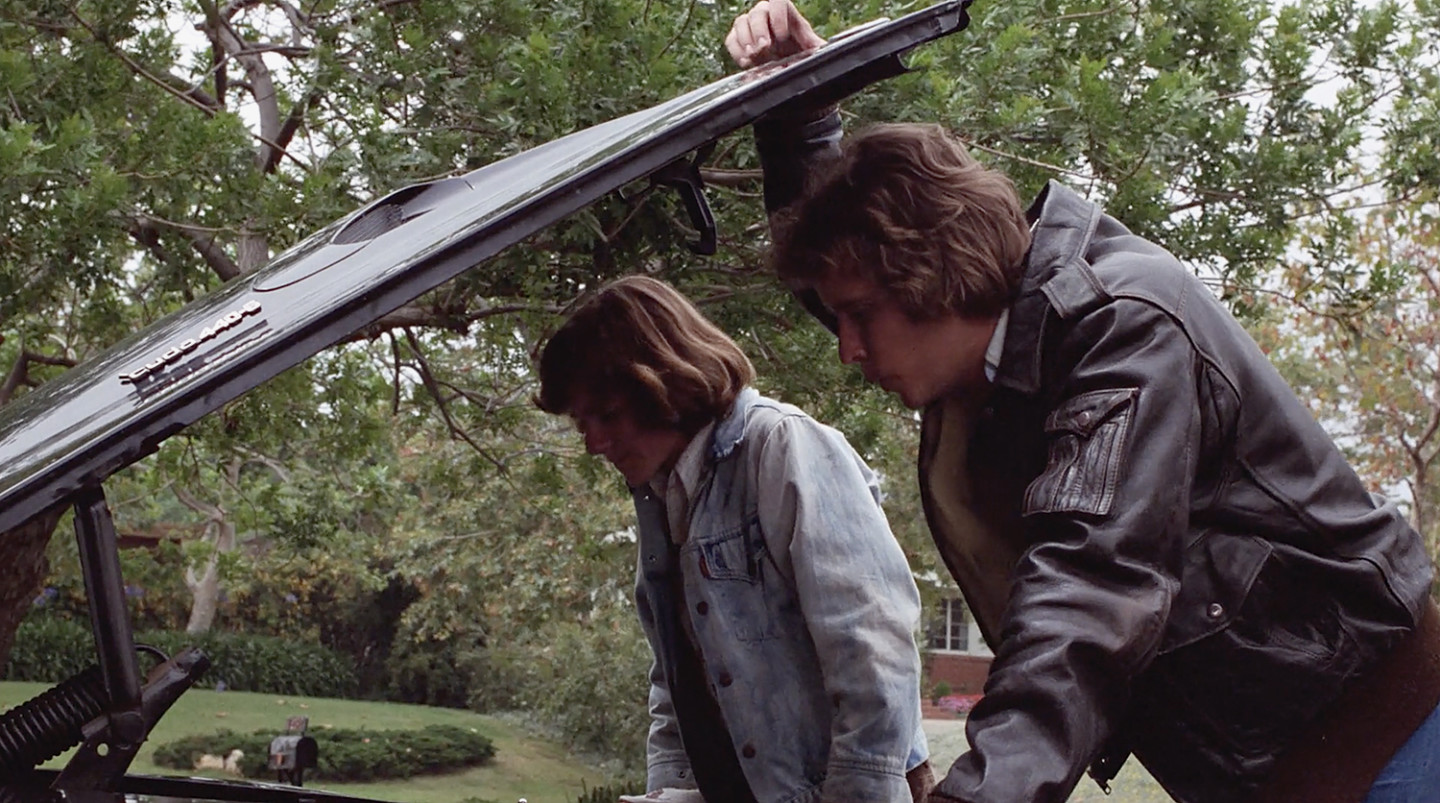
The hood call outs a 440+6, but in actuality, the car had a 340. (Photo courtesy of Orion Pictures.)
The car is equipped with factory fog lights, chrome bumpers and exterior mirror, and the twin-scoop Rallye hood as opposed to the Shaker.
Most interesting were the aesthetic customizations done to the car for the movie. They included a set of Cragar S/S chrome wheels with fat, Remington XT-120 tires all around, and leaded rear fender flares added to accommodate the oversized rear rubber. A black-tinted sunroof was also installed to facilitate a scene where Jody pops up through the roof to fire a shotgun at a pursuing vehicle.
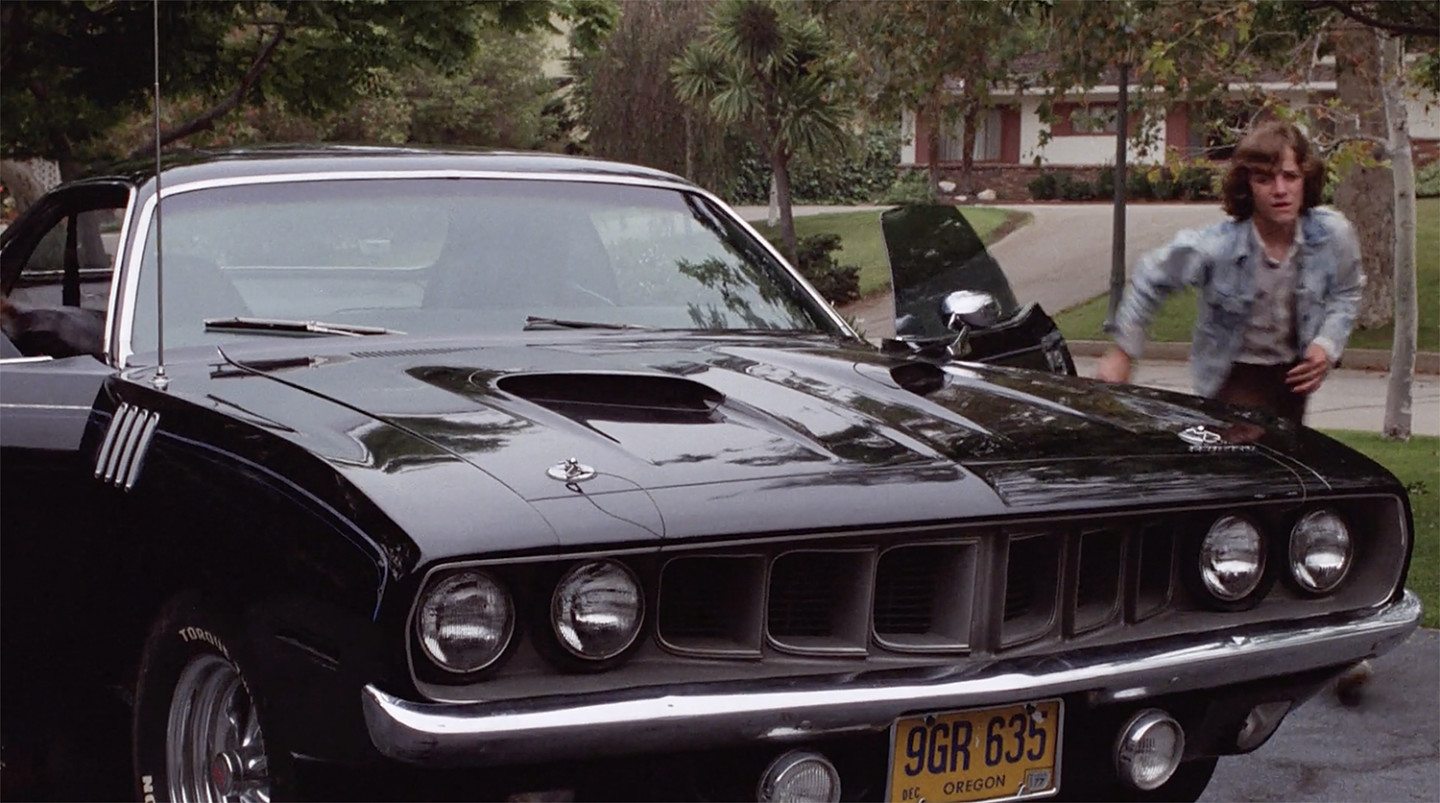
Fog lamps and a Rally hood were two of the car’s factory options. (Photo courtesy of Orion Pictures.)
The ‘Cuda offers a sterling performance in the movie, delivering many a burnout and a high-speed chase. To achieve this on-screen action was no easy feat though. The car had apparently had its electrical system modified at some point before its Hollywood debut, and this led to multiple breakdowns on set.
After filming wrapped, the production’s Art Director, David Brown, took the ‘Cuda home with him where it sat in his driveway for many years. Grown tired of looking at it, Brown sold it to a real estate broker for $2,500. Sadly, it has never been seen or heard of again, despite efforts by Don Coscarelli to locate and procure the vehicle for himself.
Phantasm is clearly no Citizen Kane with its marginal performances and low budget trappings. In spite of these flaws, though, it offers up plenty of frights, and set the tone for many horror films that followed. Owing to its high entertainment factor, and of course, that awesome ‘Cuda, I give Phantasm six-and-a-half out of ten pistons.

